Online shopping provides a quick and convenient way to purchase products, and this is especially true for the...
CPAP Nasal Pillow Masks
Nasal Pillow Masks are one of three types of Continuous Positive Airway Pressure (CPAP) masks available on the market for sleep apnea patients. Sleep Apnea Nasal Pillow Masks deliver the oxygen from the CPAP machine directly into the patient's nostrils. A nasal pillow is a less intrusive option than a full face mask or nasal mask that fits the bridge of the nose. The nasal pillow seals at the base of the nostrils to have minimal contact with the
Nasal Pillow Design Is Ideal For
- Individuals Who Feel Claustrophobic Wearing Other Masks
- Side Sleepers
- Stomach Sleepers
- Back Sleepers
- Individuals Who Toss and Turn While Sleeping
- Men With a lot of Facial Hair
CPAP Nasal Pillow Masks Components
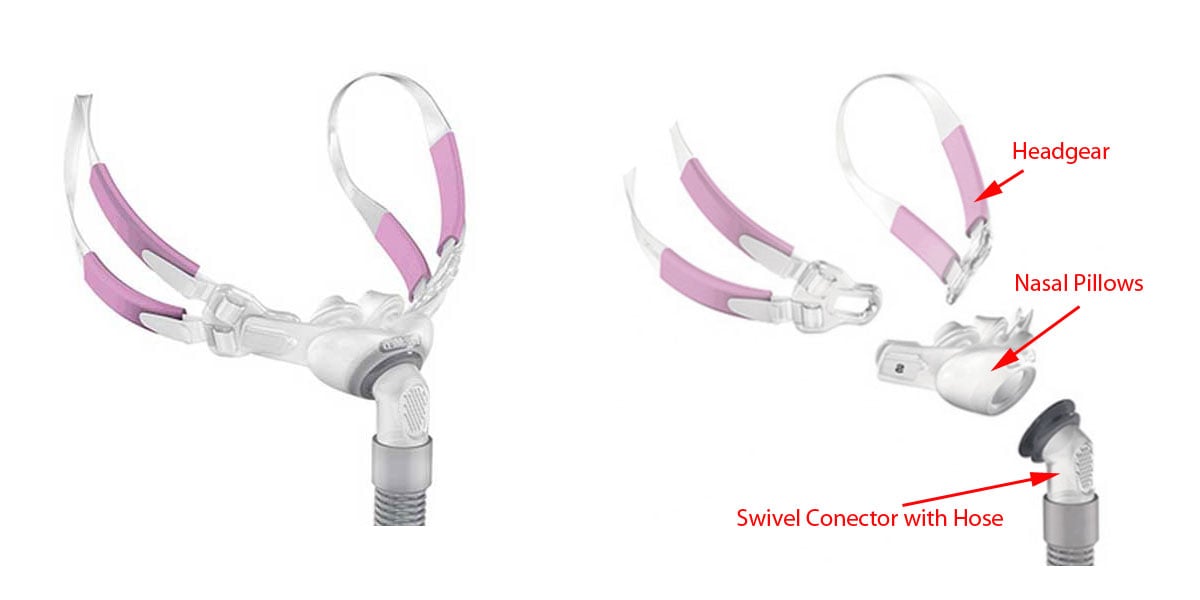
The padded headgear wraps around the ears or over the head to comfortably center the nasal pillows receiving oxygen from the hose. Nasal pillow masks are the best choice for patients with sensitive facial skin, a sensitive forehead, or a sensitive nose bridge. This mask limits the contact area of the mask to the patient's nostrils, upper lip, and cheek. This limited contact favors patients who toss and turn during sleep or prefer multiple sleep positions, including back, side, or stomach sleeping.
Nasal Pillow Mask Minimal/Low Profile Design

Low Profile Benefits at a Glance
- Least Intrusive
- More Comfortable
- Does Not Touch the Nose Bridge
- Does Not Touch the Forehead
- Requires Minimal Headgear
- No Pressure Points
Tubing Attachment Design Comparisons
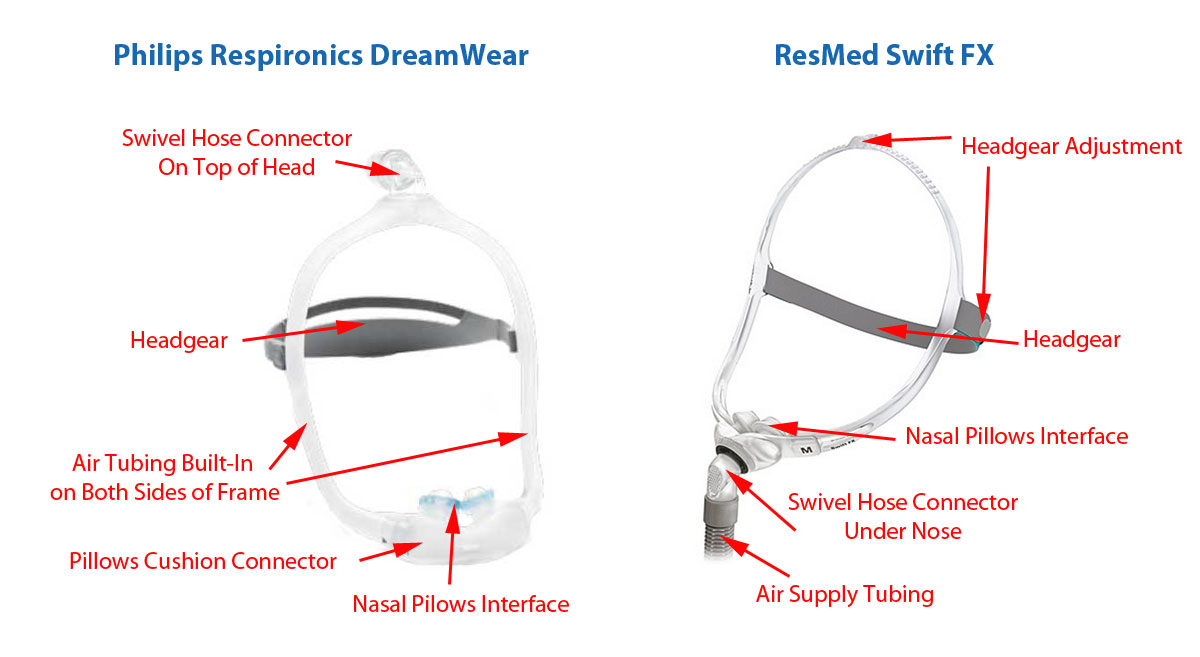
There are two slightly varying designs associated with this type of nasal mask. Both design have the common element of using the nasal pillows interface with two protrusions that comfortably seal the nostrils. The connector tubing may be attached at the top of the head or at the nasal mask itself. There is no right or wrong to selecting either style, it is simply a matter of preference.
1. Tubing Connection at the Top of the Head
The air hose route is out of the way, connecting at the top of the head instead of below the nose. The frame doubles as an air conduit on both sides of the face so that there is always airflow on one side when the patient is side sleeping.
Example:
- Respironics DreamWear Gel Pillow Mask: The frame is constructed of soft silicone material similar to the nasal pillows for a soft feel against the face. None of the mask parts are stiff or hard except for the hose connection which is located at the top of the head, out of the way.
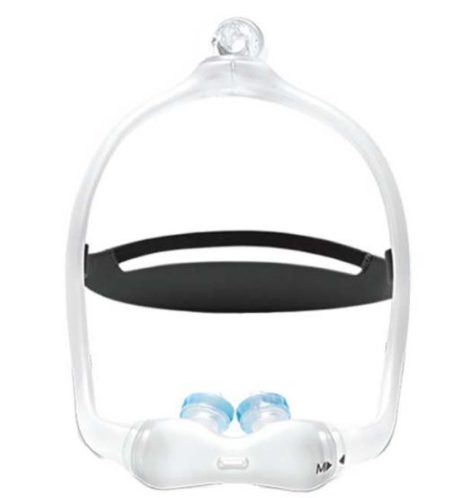
2. Tubing at the Nasal Pillow Interface
The air hose is placed below the nose with vents to diffuse and direct airflow away from the user. The headgear holds the mask and secures it around the head or the ears.
Example:
- ResMed Swift Fx Nasal Pillows has a flexible backstrap with VELCRO hook-and-loop fasteners to secure to the head and achieve a comfortable fit. Soft silicone headgear holds against the face and allows for movement. The soft nasal pillows provide stable performance with high pressures.
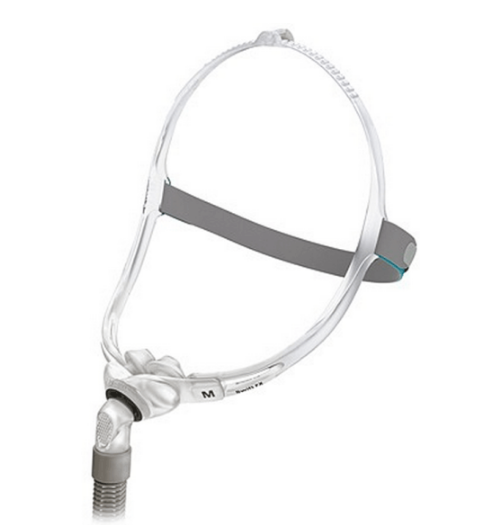
Frequently Asked Questions (FAQs)
What CPAP systems are nasal pillows compatible with?
They are compatible with all CPAP systems.
Which nasal pillows mask has the least intrusive design?
The
is the least intrusive and the most comfortable.
What pillow size is the best?
The mask is adjustable and manufacturers include nasal pillows in sizes small, medium, and large for users to find the best seal and most comfortable fit.
Medical Studies
-
 Ryan, Silke, et al. "Nasal pillows as an alternative interface in patients with obstructive sleep apnea syndrome initiating continuous positive airway pressure therapy." Journal of sleep research, 20.2 (2011): 367-373. Accessed 2 Mar. 2022.
Ryan, Silke, et al. "Nasal pillows as an alternative interface in patients with obstructive sleep apnea syndrome initiating continuous positive airway pressure therapy." Journal of sleep research, 20.2 (2011): 367-373. Accessed 2 Mar. 2022. -
 Zhu, Xueling, Alison J. Wimms, and Adam V. Benjafield. "Assessment of the performance of nasal pillows at high CPAP pressures." Journal of clinical sleep medicine, 9.09 (2013): 873-877. Accessed 2 Mar. 2022.
Zhu, Xueling, Alison J. Wimms, and Adam V. Benjafield. "Assessment of the performance of nasal pillows at high CPAP pressures." Journal of clinical sleep medicine, 9.09 (2013): 873-877. Accessed 2 Mar. 2022. -
 Ebben, Matthew R., Temitayo Oyegbile, and Charles P. Pollak. "The efficacy of three different mask styles on a PAP titration night." Sleep Medicine 13.6 (2012): 645-649. Accessed 2 Mar. 2022.
Ebben, Matthew R., Temitayo Oyegbile, and Charles P. Pollak. "The efficacy of three different mask styles on a PAP titration night." Sleep Medicine 13.6 (2012): 645-649. Accessed 2 Mar. 2022.
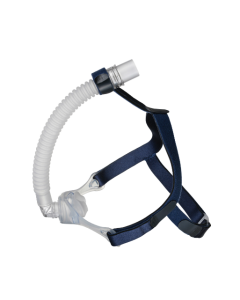
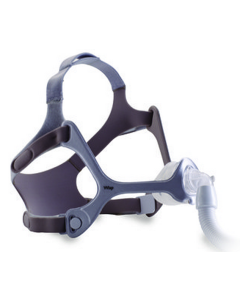
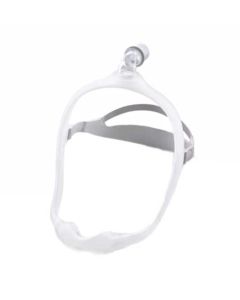
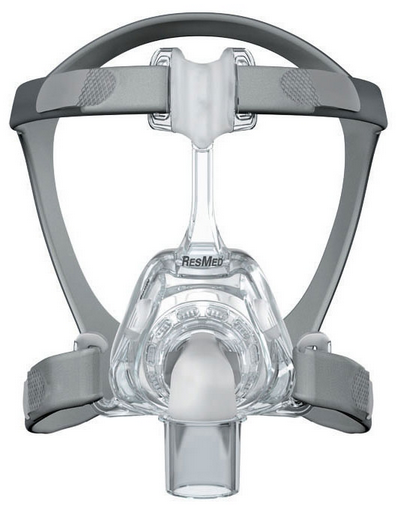
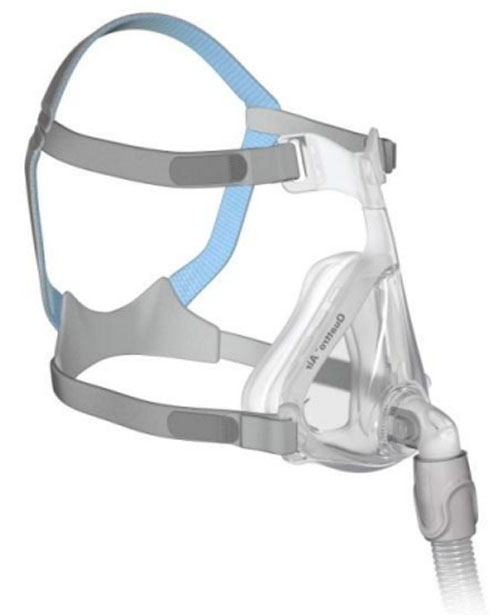
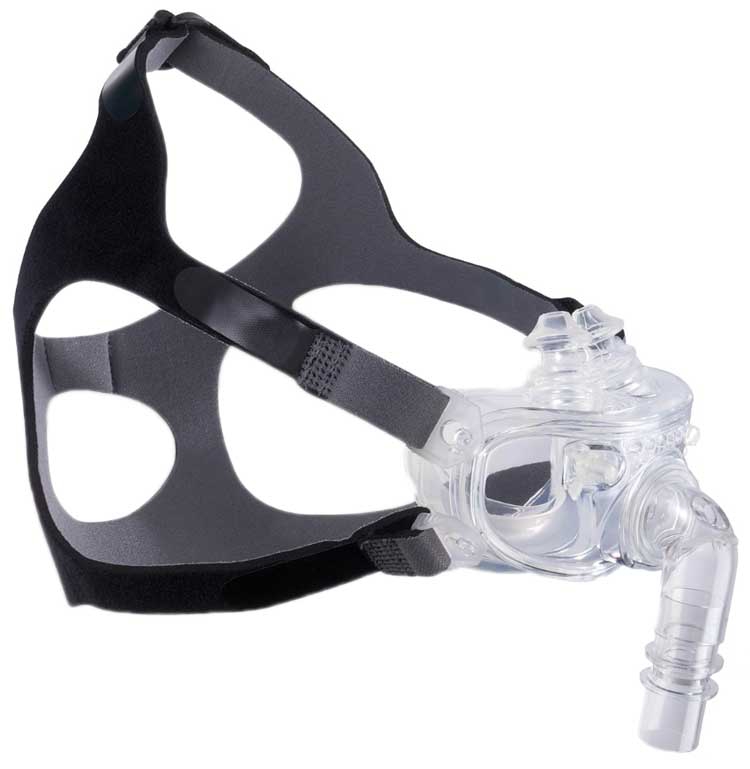
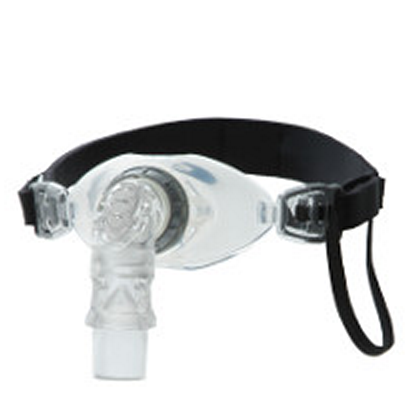

Login and Registration Form